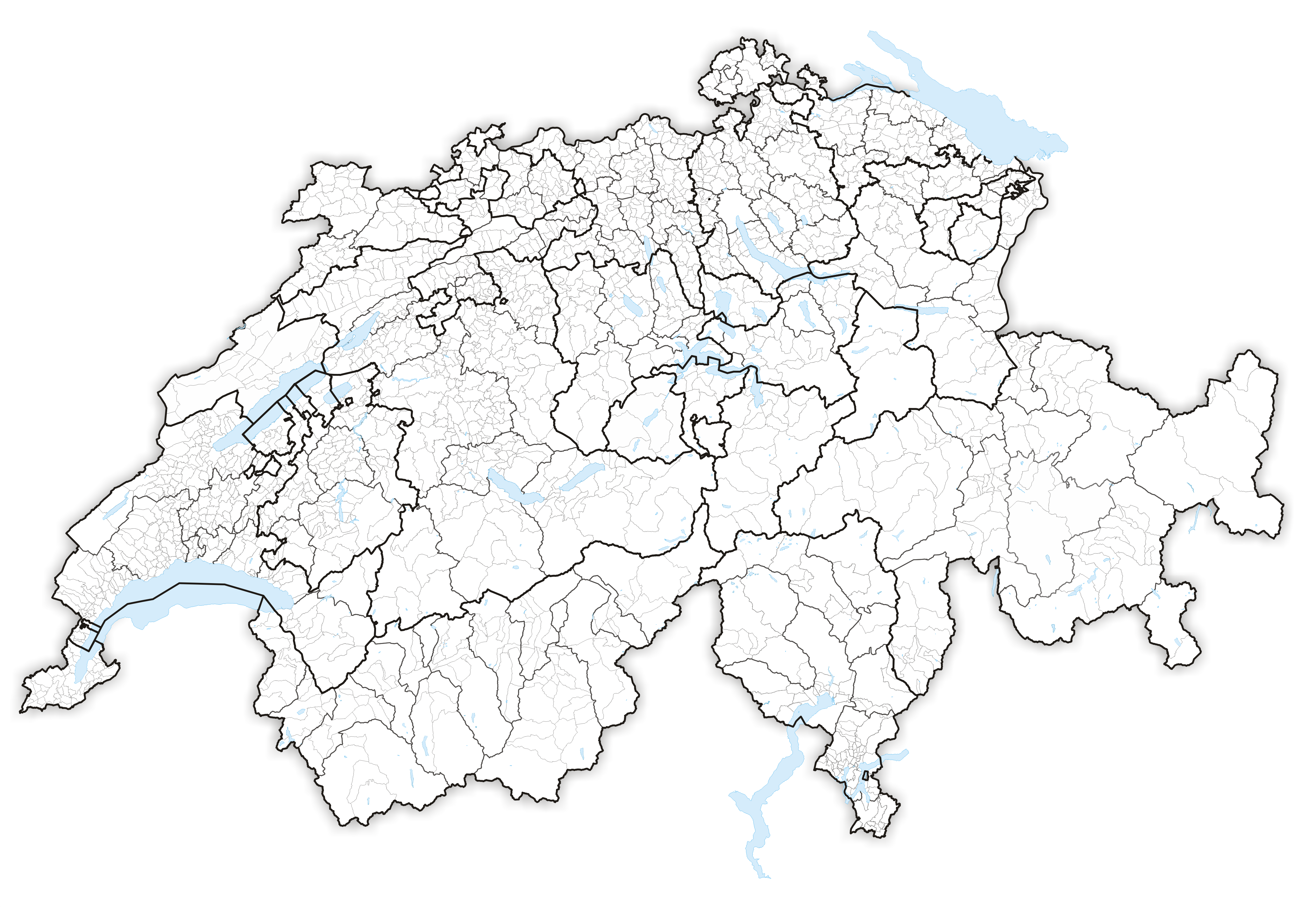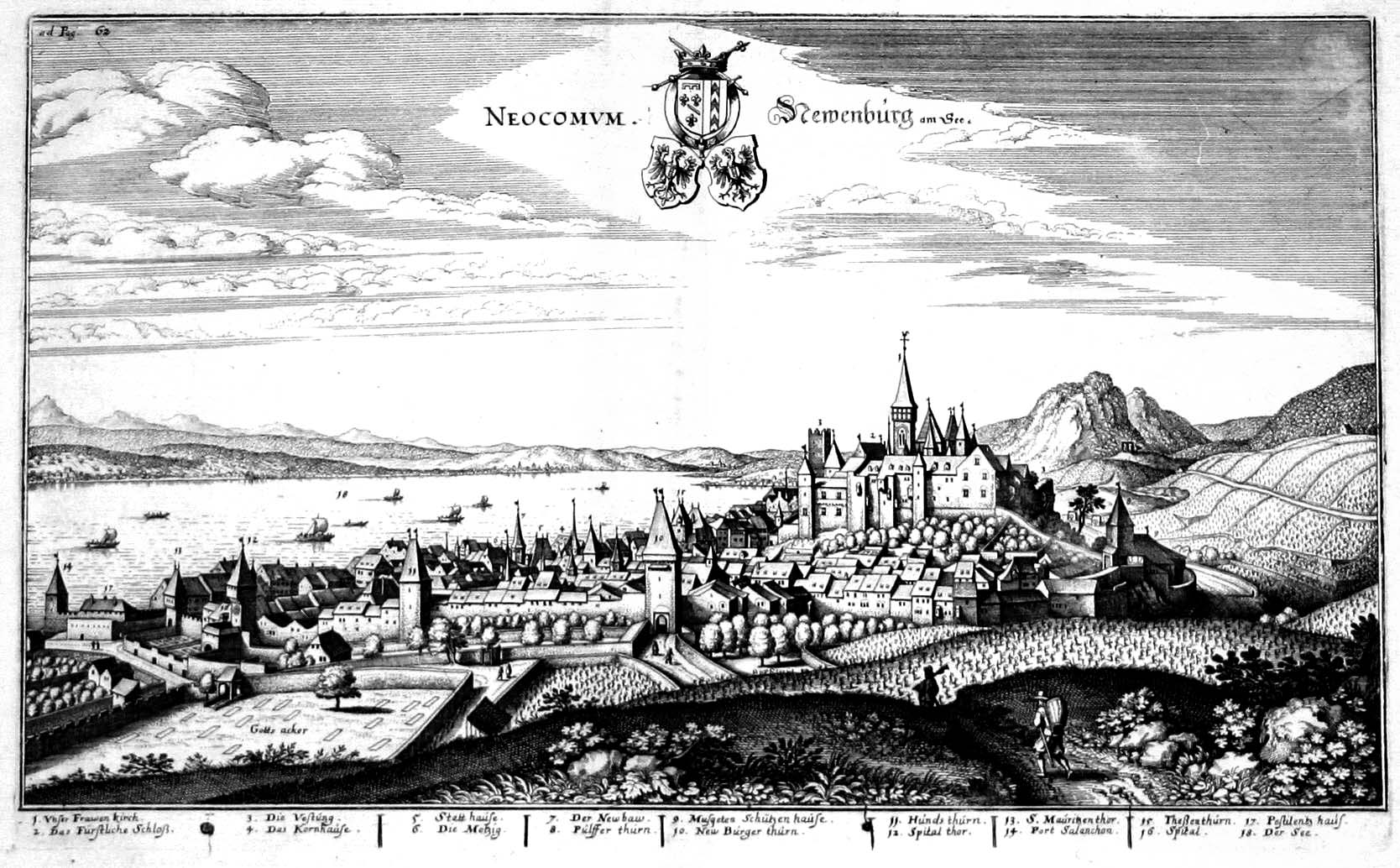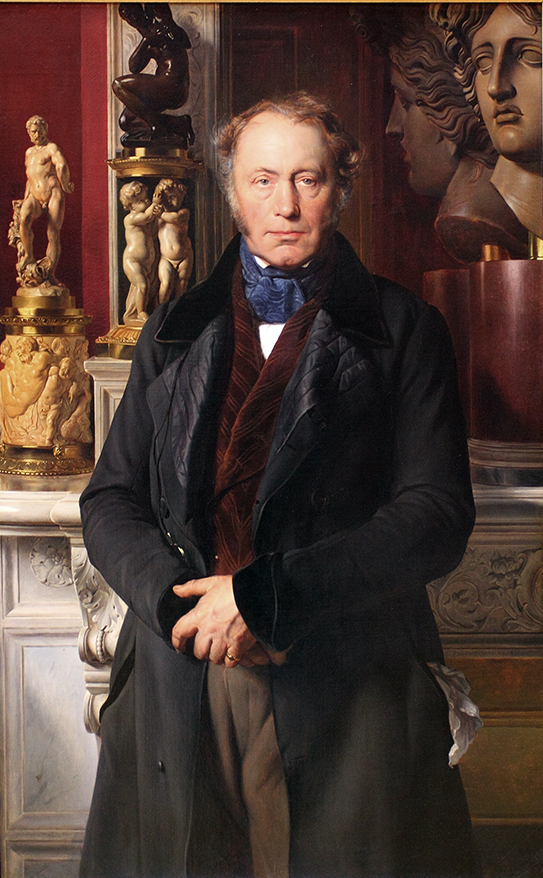|
Gorgier Castle
Gorgier Castle (also known as the Château de Gorgier) is a castle in the Municipalities of Switzerland, municipality of Gorgier of the Canton of Neuchâtel in Switzerland. It is a Swiss Swiss inventory of cultural property of national and regional significance, heritage site of national significance. History The castle is located close to the city of Neuchâtel and was built around 1620. In 1813, James-Alexandre de Pourtalès acquired the seigneury of Gorgier. After being fully restored as a family home between 2004 and 2014, the castle was for sale by Sotheby's Realty around August 2014, but is no longer listed. See also * List of castles in Switzerland * Château References Cultural property of national significance in the canton of Neuchâtel Castles in the canton of Neuchâtel Pourtalès family {{Switzerland-castle-stub ... [...More Info...] [...Related Items...] OR: [Wikipedia] [Google] [Baidu] |
Gorgier Château De Gorgier 20100831 4054HDR
Gorgier is a former municipality in the district of Boudry in the canton of Neuchâtel in Switzerland. On 1 January 2018 the former municipalities of Bevaix, Saint-Aubin-Sauges, Gorgier, Vaumarcus, Montalchez and Fresens merged into the new municipality of La Grande-Béroche. History Gorgier is first mentioned in 1252 as ''de Corgie''. Geography Gorgier has an area, , of . Of this area, or 33.3% is used for agricultural purposes, while or 56.2% is forested. Of the rest of the land, or 8.3% is settled (buildings or roads) and or 2.2% is unproductive land.Swiss Federal Statistical Office-Land Use Statistics 2009 data accessed 25 March 2010 Of the built up area, housing and buildings made up 4.5% and transportation infrastructure made up 2.6%. Out ... [...More Info...] [...Related Items...] OR: [Wikipedia] [Google] [Baidu] |
Castle
A castle is a type of fortified structure built during the Middle Ages predominantly by the nobility or royalty and by military orders. Scholars debate the scope of the word ''castle'', but usually consider it to be the private fortified residence of a lord or noble. This is distinct from a palace, which is not fortified; from a fortress, which was not always a residence for royalty or nobility; from a ''pleasance'' which was a walled-in residence for nobility, but not adequately fortified; and from a fortified settlement, which was a public defence – though there are many similarities among these types of construction. Use of the term has varied over time and has also been applied to structures such as hill forts and 19th-20th century homes built to resemble castles. Over the approximately 900 years when genuine castles were built, they took on a great many forms with many different features, although some, such as curtain walls, arrowslits, and portcullises, were ... [...More Info...] [...Related Items...] OR: [Wikipedia] [Google] [Baidu] |
Municipalities Of Switzerland
Municipalities (german: Gemeinden, ' or '; french: communes; it , comuni; rm, vischnancas) are the lowest level of administrative division in Switzerland. Each municipality is part of one of the Swiss cantons, which form the Swiss Confederation. In most cantons, municipalities are also part of districts or other sub-cantonal administrative divisions. There are 2,136 municipalities . Their populations range between several hundred thousand (Zürich), and a few dozen people (Kammersrohr, Bister), and their territory between 0.32 km² (Rivaz) and 439 km² (Scuol). History The beginnings of the modern municipality system date back to the Helvetic Republic. Under the Old Swiss Confederacy, citizenship was granted by each town and village to only residents. These citizens enjoyed access to community property and in some cases additional protection under the law. Additionally, the urban towns and the rural villages had differing rights and laws. The creation of a uniform Swiss ... [...More Info...] [...Related Items...] OR: [Wikipedia] [Google] [Baidu] |
Gorgier
Gorgier is a former municipality in the district of Boudry in the canton of Neuchâtel in Switzerland. On 1 January 2018 the former municipalities of Bevaix, Saint-Aubin-Sauges, Gorgier, Vaumarcus, Montalchez and Fresens merged into the new municipality of La Grande-Béroche. History Gorgier is first mentioned in 1252 as ''de Corgie''. Geography Gorgier has an area, , of . Of this area, or 33.3% is used for agricultural purposes, while or 56.2% is forested. Of the rest of the land, or 8.3% is settled (buildings or roads) and or 2.2% is unproductive land.Swiss Federal Statistical Office-Land Use Statistics 2009 data accessed 25 March 2010 Of the built up area, housing and buildings made up 4.5% and transportation infrastructure made up 2.6%. ... [...More Info...] [...Related Items...] OR: [Wikipedia] [Google] [Baidu] |
Canton Of Neuchâtel
The Republic and Canton of Neuchâtel (french: République et Canton de Neuchâtel); rm, Chantun Neuchâtel; it, Cantone di Neuchâtel is a French-speaking canton in western Switzerland. In 2007, its population was 169,782, of whom 39,654 (or 23.4%) were foreigners. The capital is Neuchâtel. History The only part of present-day Switzerland to enter the Confederation as a principality (on May 19, 1815), Neuchâtel has a unique history. Its first recorded ruler, Rudolph III of Burgundy, mentioned Neuchâtel in his will in 1032. The dynasty of Ulrich count of Fenis (Hasenburg) took over the town and its territories in 1034. The dynasty prospered and, by 1373, all the lands now part of the canton belonged to the count. In 1405, the cities of Bern and Neuchâtel entered a union. The lands of Neuchâtel had passed to the Zähringen lords of Freiburg in the late 14th century as inheritance from the childless Elisabeth, Countess of Neuchâtel, to her nephews, and then in 1458 ... [...More Info...] [...Related Items...] OR: [Wikipedia] [Google] [Baidu] |
Switzerland
). Swiss law does not designate a ''capital'' as such, but the federal parliament and government are installed in Bern, while other federal institutions, such as the federal courts, are in other cities (Bellinzona, Lausanne, Luzern, Neuchâtel, St. Gallen a.o.). , coordinates = , largest_city = Zürich , official_languages = , englishmotto = "One for all, all for one" , religion_year = 2020 , religion_ref = , religion = , demonym = , german: Schweizer/Schweizerin, french: Suisse/Suissesse, it, svizzero/svizzera or , rm, Svizzer/Svizra , government_type = Federalism, Federal assembly-independent Directorial system, directorial republic with elements of a direct democracy , leader_title1 = Federal Council (Switzerland), Federal Council , leader_name1 = , leader_title2 = , leader_name2 = Walter Thurnherr , legislature = Fe ... [...More Info...] [...Related Items...] OR: [Wikipedia] [Google] [Baidu] |
Neuchâtel
, neighboring_municipalities= Auvernier, Boudry, Chabrey (VD), Colombier, Cressier, Cudrefin (VD), Delley-Portalban (FR), Enges, Fenin-Vilars-Saules, Hauterive, Saint-Blaise, Savagnier , twintowns = Aarau (Switzerland), Besançon (France), Sansepolcro (Italy) Neuchâtel (, , ; german: Neuenburg) is the capital of the Swiss canton of Neuchâtel, situated on the shoreline of Lake Neuchâtel. Since the fusion in 2021 of the municipalities of Neuchâtel, Corcelles-Cormondrèche, Peseux, and Valangin, the city has approximately 45,000 inhabitants (80,000 in the metropolitan area). The city is sometimes referred to historically by the German name ; both the French and German names mean "New Castle". It was originally part of the Kingdom of Burgundy, then part of the Holy Roman Empire and later under Prussian control from 1707 until 1848, with an interruption during the Napoleonic Wars from 1802 to 1814. In 1848, Neuchâtel became a republic and a canton of Switzerland. Neuch� ... [...More Info...] [...Related Items...] OR: [Wikipedia] [Google] [Baidu] |
James-Alexandre De Pourtalès
James-Alexandre de Pourtalès, Comte de Pourtalès-Gorgier (28 November 1776 – 24 March 1855) was a Swiss-French banker, diplomat and art collector. Early life The Count de Pourtalès was born in Neuchâtel, then in the Principality of Neuchâtel under Prussian rule, into a large family of Protestant financiers on 28 November 1776. He was the son of Countess Rose Augustine Marie de Luze (1751–1791) and Jacques-Louis de Pourtalès (1722–1814), a banker in Naples who amassed a fortune in commerce and was made a count by King Frederick William II. Among his siblings were Louis de Pourtalès (husband of Sophie d'Audanger) and Frédéric de Pourtalès (husband of Marie Louise de Castellane and grandfather of Friedrich von Pourtalès). His paternal grandparents were Jérémie de Pourtalès and Marguerite de Luze (who was the younger sister of his maternal great-grandfather). The Pourtalès family were French Huguenots who settled in Neuchâtel following the revocation of the Ed ... [...More Info...] [...Related Items...] OR: [Wikipedia] [Google] [Baidu] |
Grove Art Online
''Grove Art Online'' is the online edition of ''The Dictionary of Art'', often referred to as the ''Grove Dictionary of Art'', and part of Oxford Art Online, an internet gateway to online art reference publications of Oxford University Press, which also includes the online version of the ''Benezit Dictionary of Artists''. It is a large encyclopedia of art, previously a 34-volume printed encyclopedia first published by Grove in 1996 and reprinted with minor corrections in 1998. A new edition was published in 2003 by Oxford University Press. Scope Written by 6,700 experts from around the world, its 32,600 pages cover over 45,000 topics about art, artists, art critics, art collectors, or anything else connected to the world of art. According to ''The New York Times Book Review'' it is the "most ambitious art-publishing venture of the late 20th century". Almost half the content covers non-Western subjects, and contributors hail from 120 countries. Topics range from Julia Margaret C ... [...More Info...] [...Related Items...] OR: [Wikipedia] [Google] [Baidu] |
Oxford University Press
Oxford University Press (OUP) is the university press of the University of Oxford. It is the largest university press in the world, and its printing history dates back to the 1480s. Having been officially granted the legal right to print books by decree in 1586, it is the second oldest university press after Cambridge University Press. It is a department of the University of Oxford and is governed by a group of 15 academics known as the Delegates of the Press, who are appointed by the vice-chancellor of the University of Oxford. The Delegates of the Press are led by the Secretary to the Delegates, who serves as OUP's chief executive and as its major representative on other university bodies. Oxford University Press has had a similar governance structure since the 17th century. The press is located on Walton Street, Oxford, opposite Somerville College, in the inner suburb of Jericho. For the last 500 years, OUP has primarily focused on the publication of pedagogical texts and ... [...More Info...] [...Related Items...] OR: [Wikipedia] [Google] [Baidu] |







.jpg)